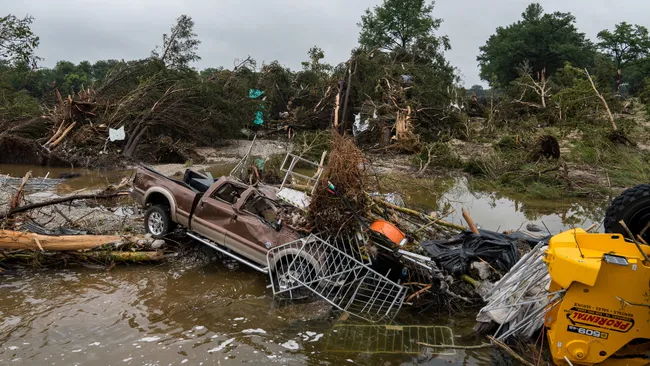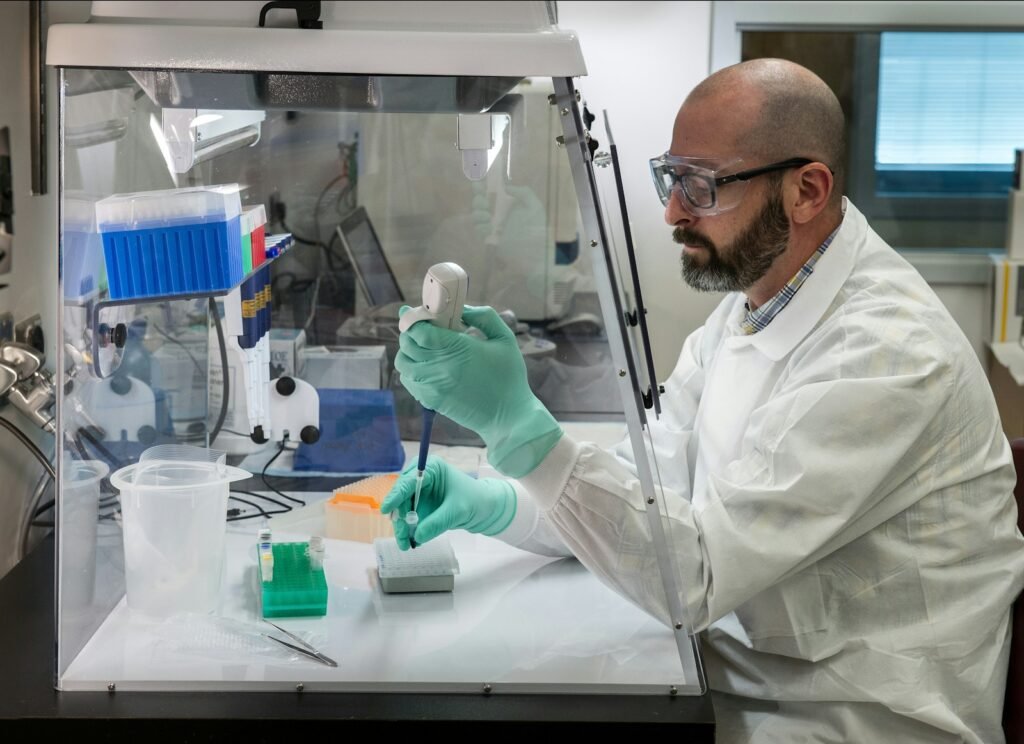On July 4, 2025, a Texas Hill Country flash flood catastrophe happened to occur in the exact location of a summer camp that was located near the Guadalupe River. The tears of losing over more than 120 lives flashed out, especially the tears of families who lost their children, because the flood consumed a breathtaking amount of 8 meters scaling 26 feet in Texas Hill Country.
As details are coming out on what really happened this disastrous event gained the interest of experts who began to call it “meteorological and geographical factors.” This flood in Texas’s “Flash Flood Alley” has raised concerns to drivers, families, and campers who fear going out. With every increasing day and changing climate it adamantly covers children camps near Guadalupe river. The collision and turmoil of countless families and children could have very well been avoided.
The Perfect Storm: Why Texas Hill Country Was a Ticking Time Bomb

The rare combination of severe weather conditions and regional geography brought together the unprecedented violence of the flood:
- Record-Breaking Rainfall: An astonishing 18 inches (46 cm) of rainfall, equivalent to three months’ worth of precipitation, was received in a span of six hours26. This resulted in the Guadalupe River rising from 3 feet to over 30 feet and, in a matter of minutes, flooding its banks and submerging nearby campsites.
- Drought-Desiccated Soil: During this period, Central Texas was suffering from an acute drought. For many months, the soil had become dangerously parched and hard-baked, leading to rain unable to be soaked into the ground. In this region, rain had no chance of making it to the waterways; rather, water sheeted off like pavement and funneled into streams and rivers at an alarming rate.
- The Remnants of Tropical Storm Barry: The spending moisture coupled with the remnants of Tropical Storm Barry provided an extreme boost to the thunderstorms. This in turn fostered the creation of a self-sustaining slow-moving storm system termed as a “mesoscale convective vortex” which acted as a rainmaker.
The Result: a flood event presented by a 1-in-1000-year recurrence so astonishingly unthinkable that even resilient meteorologists chose to brand it a “worst-case scenario”.
Flash Flood Alley: A Deadly Geography
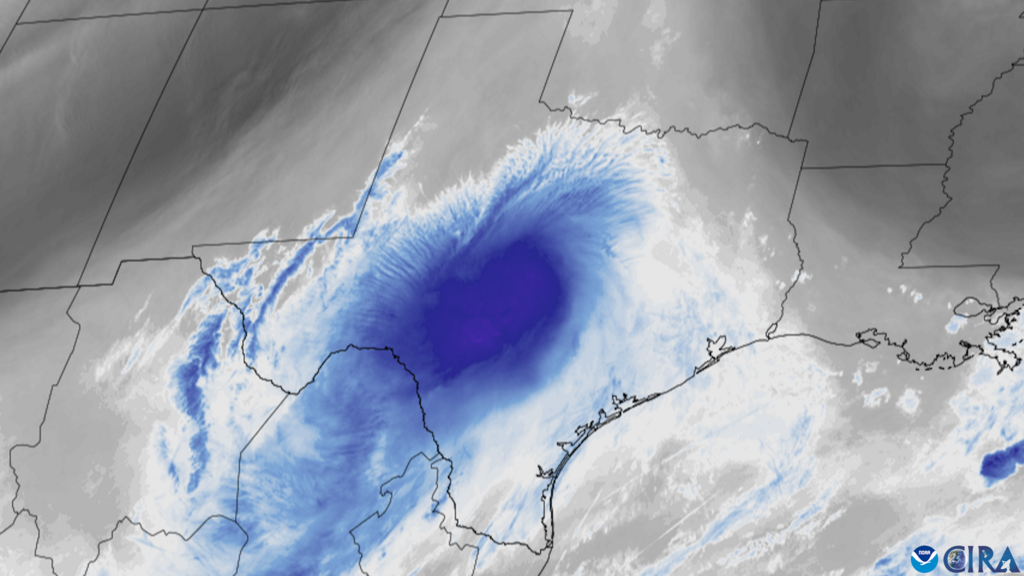
Texas has the most flood-related deaths in the U.S., and Hill Country is the worst place for it. Here’s why:
- The Balcones Escarpment is a fault zone that pushes Gulf moisture up, which causes violent storms. The limestone bedrock and thin soil layer in the area stop water from soaking in, so rain turns into runoff right away.
- The Guadalupe River Basin ranks among the top three areas in the United States for risk of flooding, earning the moniker “Flash Flood Alley.” Camp facilities such as Mystic and La Junta are known to be situated in floodplains; however, they do not have any form of warning systems or evacuation protocols in place.
- Missing River Gauges: Even though there have been disasters in the past, such as the Wimberley flood in 2015, the area that was hit the hardest didn’t have a rain gauge, which delayed real-time alerts.
The sad truth is that 27 campers and staff members died at Camp Mystic, many of them while they were sleeping.
Forecasting Failures: Did Warnings Come Too Late?
The NWS has issued flood alerts as early as July 3 but there were critical oversights:
- The San Angelo NWS office was still missing its chief meteorologist and hydrologist due to NOAA cuts during the Trump years. There was also no warning coordinator in the Austin/San Antonio office.
- CodeRED alerts were set for 1 AM, but the set codes would not go live until 6 hours later when the river had already surged.
- Flood alerts were far too common in the area, so locals euphemistically termed them ‘just another storm’.
- Lack of alarms to signal the beginning of alerts meant people became desensitized to the constant notifications and alerts. A casual rumble can also be described as commonplace. By the time individuals noticed the water, it was already too late.
This was narrated by Wynne Kennedy whose daughter survived the Camp Mystic flood.
Climate Change’s Role: A Future of More Extreme Floods?
Scientists agree that Texas’ floods are a sign of a hotter world because warmer air holds more moisture:
- The Clausius-Clapeyron Law says that the atmosphere holds 7% more water for every 1°C rise. However, extreme storms can double that rate.
- Record heat in the Gulf of Mexico: Sea surface temperatures were 2°F higher than normal, which sped up Barry’s remnants and caused record amounts of rain.
- NOAA Budget Cuts: The Trump administration’s $1.5 billion cuts to NOAA have made flood modeling and early warning systems less effective.
The main point is:
“This wasn’t just bad luck; it’s what climate change looks like.”
Dr. Jennifer Francis works at the Woodwell Climate Research Center.
Could Better Planning Have Saved Lives?
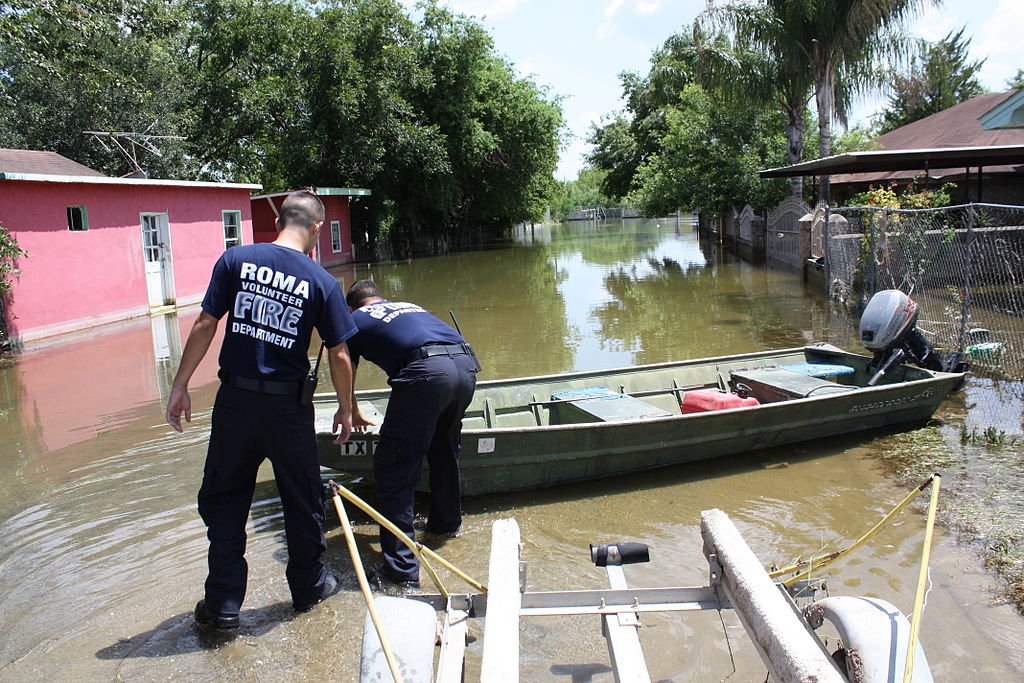
Missed chances and problems with the system:
- The Kerr County Siren Proposal failed because it would have cost $500,000 to install the siren flood warning system. This is a modest amount of money compared to the costs of recovery.
- Camps in Areas at Risk of Flooding: Mystic Camp and a few others did not do required evacuation exercises or siam policy drills, even though FEMA maps showed that they were in high-risk areas.
- FEMA’s red tape made it hard for rescue teams to get to the area swiftly. In fact, Homeland Security even said that FEMA should be shut down.
A Hero’s Sacrifice:
Dick Eastland, the owner of Camp Mystic, died trying to save campers. His body was found holding two kids.
What’s Next for Texas?
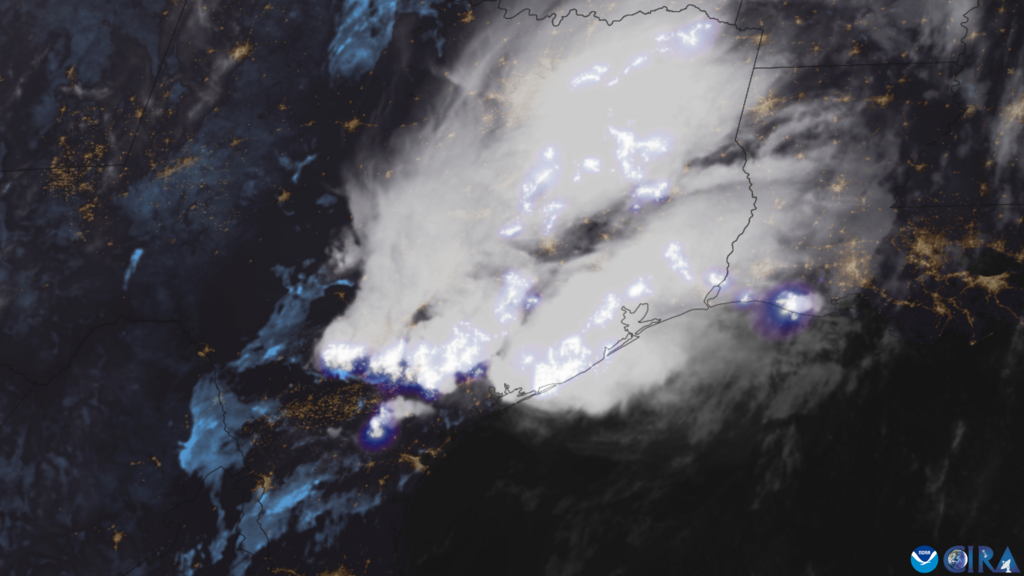
The state has to deal with tough questions because more than 160 people are still missing:
- Policy Changes: More and more people are calling for mandatory flood sirens, stricter camp rules, and NOAA funding to be restored.
- “Sponge city” techniques like permeable pavements and wetland restoration could slow down runoff, but they need money to work.
- Mental Health Crisis: Survivors, including children who have been hurt, will need help for a long time.
A Father’s Pain:
“They said it was a ‘flood of 100 years.'” But what about the year after that? Robert Brake is looking for his parents who have gone missing.
Conclusion: A Preventable Tragedy?
The floods in Texas were caused by a mix of natural disasters and human mistakes. There was no one thing that caused the disaster, but better warnings, land-use policies, and climate preparedness could have saved lives. As the world gets warmer, the question isn’t if another flood will happen, but when.
Sources:

Suhail Ahmed is a passionate digital professional and nature enthusiast with over 8 years of experience in content strategy, SEO, web development, and digital operations. Alongside his freelance journey, Suhail actively contributes to nature and wildlife platforms like Discover Wildlife, where he channels his curiosity for the planet into engaging, educational storytelling.
With a strong background in managing digital ecosystems — from ecommerce stores and WordPress websites to social media and automation — Suhail merges technical precision with creative insight. His content reflects a rare balance: SEO-friendly yet deeply human, data-informed yet emotionally resonant.
Driven by a love for discovery and storytelling, Suhail believes in using digital platforms to amplify causes that matter — especially those protecting Earth’s biodiversity and inspiring sustainable living. Whether he’s managing online projects or crafting wildlife content, his goal remains the same: to inform, inspire, and leave a positive digital footprint.

